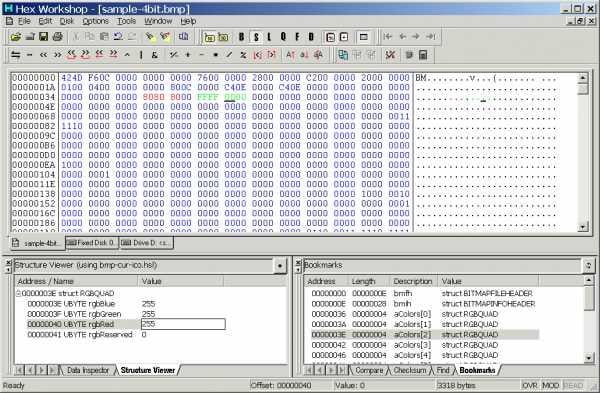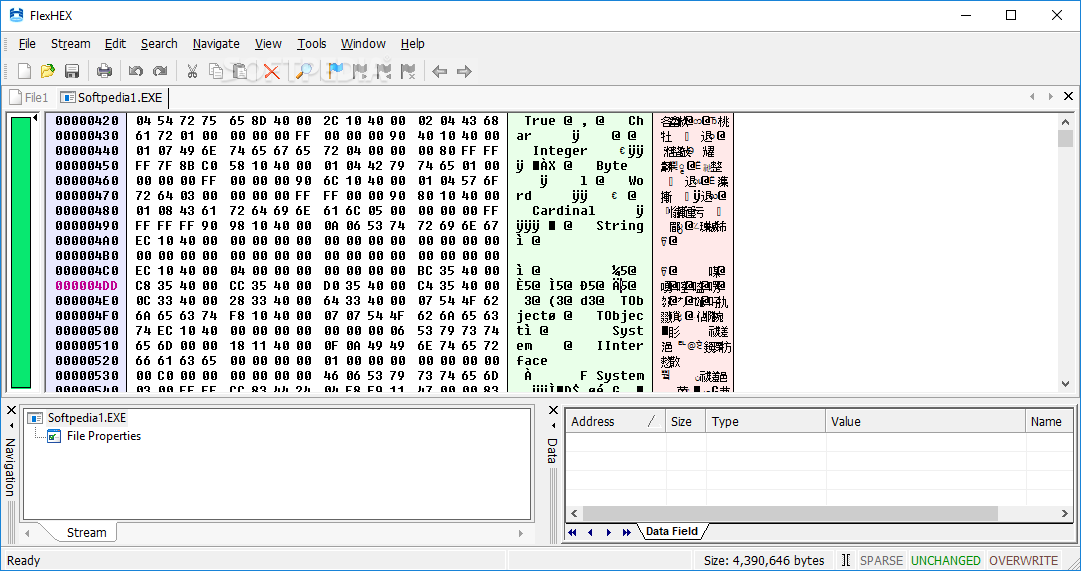
The only substantial difference is the superior packaging of the Games Workshop product. You can also work with data in its native structure and data types using our integrated structure view and smart bookmarks. With the Hex Workshop, you can edit, cut, copy, paste, insert, fill and delete binary data. They are about 30% dearer than similar sheets available 'loose' (i.e. Hex Workshop combines advanced binary editing and data interpretation with the ease and flexibility of a modern word processor. Reception ĭoug Cowie reviewed Wilderness Hex Sheets for Imagine magazine, and stated that "They are well produced and, given the proven usefulness of these aids, they should be helpful to any referee. Gamemasters can use this to design wilderness campaigns, create large geographical areas or plan overland trips from one urban area to another. Wilderness Hex Sheets, published in 1982 as a reprint of 1978's Hex Sheets, is a pad of 50 sheets marked with a hex grid. : 143 By this time, D&D and other fantasy role-playing games had developed the custom of using a 1"-square grid for indoor and regional maps, and a hex grid for large-scale outdoor maps. In 1982, GW started to reprint some of these game aids, but this time solely as a GW product, without the TSR logo. They were some of the few licensed D&D products ever authorized by TSR. In 1978, GW then started to produce original licensed products for D&D, including a pad of character sheets, a pad of hex sheets, and the Dungeon Floor Plans accessory, each of which carried the Dungeons & Dragons trademark.


In the mid-1970s, Games Workshop became the UK distributor for the American role-playing game Dungeons & Dragons published by TSR, Inc. Wilderness Hex Sheets is a supplement published by Games Workshop (GW) in 1982 for use with fantasy role-playing games such as Dungeons & Dragons.

Advertisement in White Dwarf #37 (Jan 1983) for Dungeon Floor Plans and Wilderness Hex Sheets


 0 kommentar(er)
0 kommentar(er)
